Your cart is currently empty!
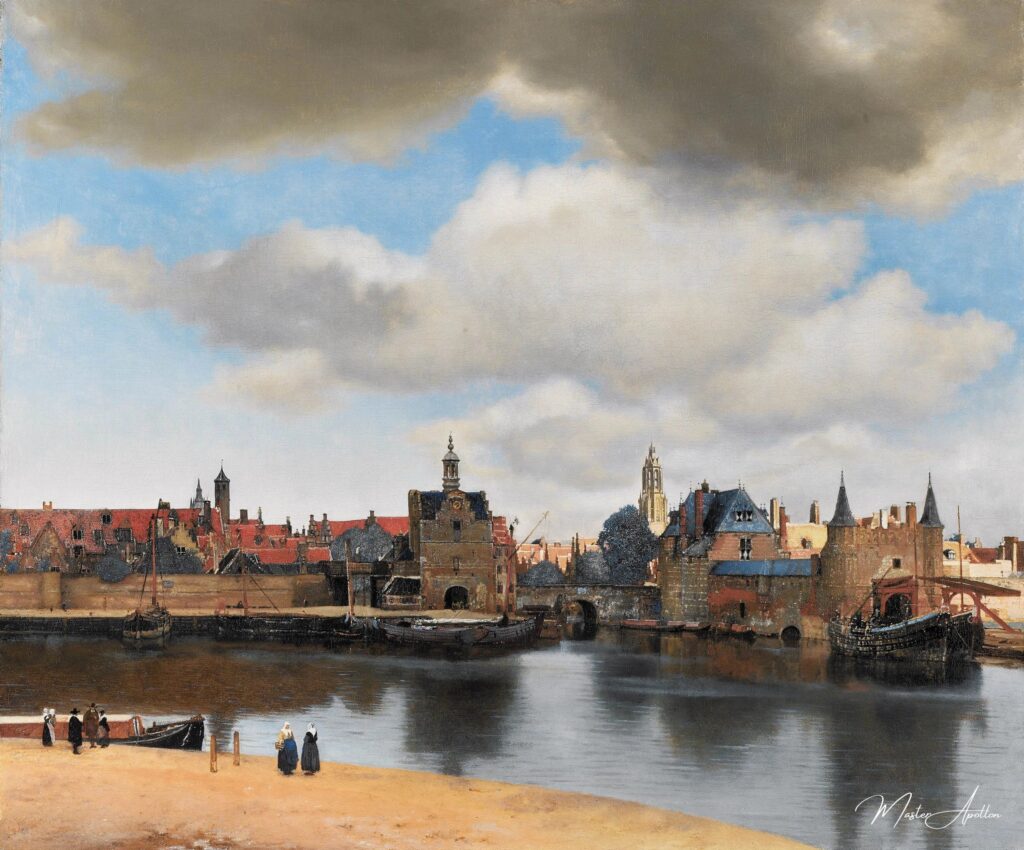
View of Delft – Johannes Vermeer
Step into the enchanting world of the Dutch Golden Age with our highest quality oil painting reproduction of “View of Delft” by Johannes Vermeer. This stunning masterpiece captures the essence of a bygone era, transporting you to a time of beauty, elegance, and artistic brilliance.
Meticulously crafted with unwavering attention to detail, this reproduction showcases the exceptional quality of …
View of Delft – Johannes Vermeer: A Stunning Capture of Tranquil Urban Life
Johannes Vermeer’s View of Delft (circa 1660-1661) stands as one of the finest examples of Dutch Baroque landscape painting, capturing not only the physical beauty of the city of Delft but also a profound sense of tranquility and poetic light. Unlike many of his more intimate genre scenes, View of Delft is a breathtaking landscape that showcases Vermeer’s mastery of light, color, and perspective, as well as his remarkable attention to detail. It is a piece that invites the viewer to slow down, to appreciate the stillness of the moment, and to immerse oneself in the atmosphere of a time long past.

A Glimpse into Vermeer’s Delft: Urban Tranquility
View of Delft is one of the few landscapes by Vermeer, and it stands in stark contrast to the bustling cityscapes of other Dutch painters. Rather than presenting a dynamic, action-filled scene, Vermeer chooses a peaceful, almost meditative view of his hometown. In the foreground, we see the calm waters of a canal, with the delicate reflections of buildings and sky shimmering on its surface. The canal winds its way through the city, leading the viewer’s eye toward the impressive skyline of Delft, with its iconic church spires and a scattering of houses.
Vermeer’s choice to depict his hometown of Delft in such a serene and carefully composed manner gives the painting a timeless quality. There is no sense of hurry, no hustle and bustle of a busy city life. The city seems to be held in a gentle pause, as if Vermeer has captured a fleeting moment of quiet before the world continues on. The atmosphere is calm, almost nostalgic, inviting the viewer to contemplate the beauty of an everyday urban scene.
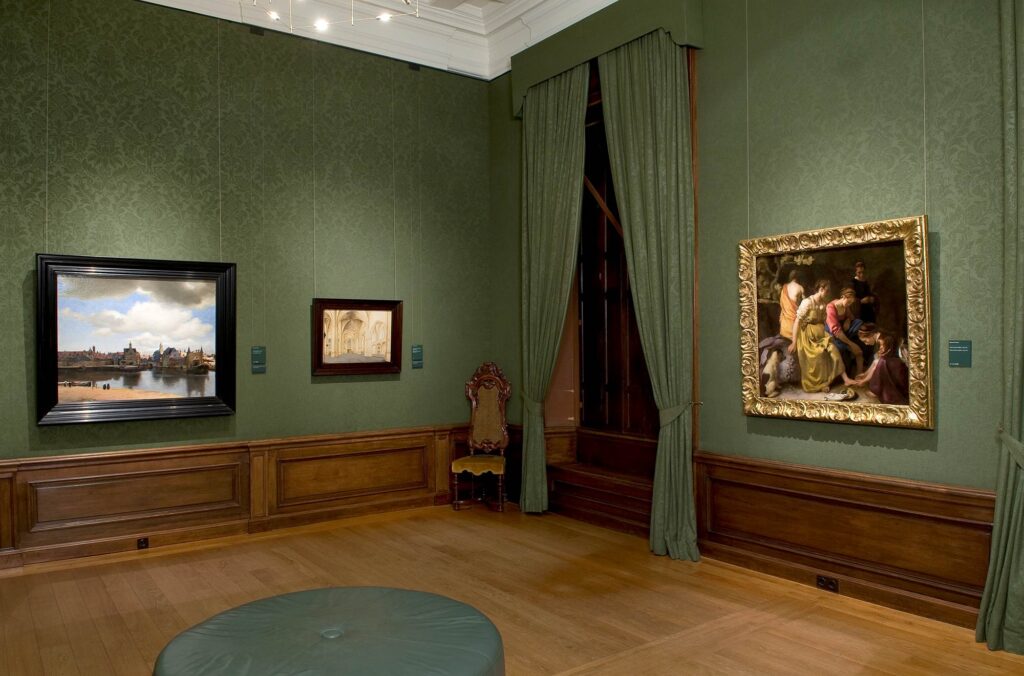
Vermeer’s Mastery of Light and Color
As with many of Vermeer’s works, View of Delft is remarkable for its exceptional use of light. The warm, golden tones of the cityscape are contrasted with the cool blues and grays of the sky and water, creating a harmonious balance that is both visually captivating and emotionally evocative. The light seems to gently bathe the buildings, giving them a soft, almost ethereal glow. This interplay of light and shadow is a hallmark of Vermeer’s technique, and it is particularly effective in conveying the stillness of the scene.
Vermeer’s command of color also plays a significant role in creating the sense of harmony and depth in the painting. The subtle gradients of the sky, transitioning from the pale blue of the horizon to the deeper shades of the upper sky, suggest the time of day, perhaps just before or after sunset. The warm tones of the buildings and the cool reflections in the water create a visual dialogue that adds a sense of life and movement to the otherwise still scene. Even the figures in the distance, so small and unobtrusive, seem to be part of the landscape rather than the focus of the composition, further reinforcing the peaceful atmosphere.
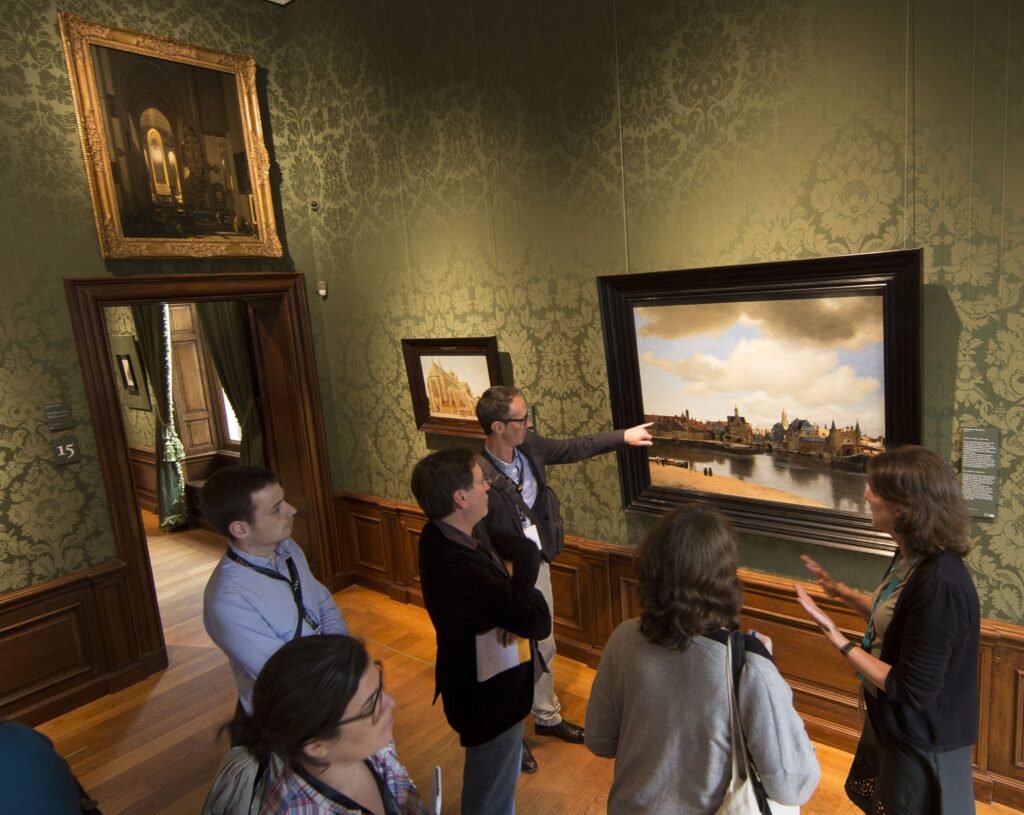
The Perspective and Composition: A Window into Delft
In terms of composition, Vermeer’s use of perspective is masterful. The painting has a clear sense of depth, achieved through the careful placement of buildings, water, and sky. The diagonal lines of the canal and the alignment of the buildings create a sense of movement, leading the viewer’s eye toward the horizon. Vermeer’s ability to create this illusion of space within a two-dimensional plane speaks to his deep understanding of geometry and the principles of perspective.
The city itself is not merely a backdrop but a well-organized, carefully constructed element of the painting. Vermeer includes just enough detail to allow the viewer to recognize the cityscape of Delft, with its distinctive buildings and spires. However, he does not overcrowd the scene with extraneous details. This focus on the essentials, with just the right amount of detail, allows the painting to feel both intimate and expansive at once.

The Influence of View of Delft: A Timeless Masterpiece
While View of Delft is a cityscape, it is also much more than that—it is a study in light, color, perspective, and mood. It showcases Vermeer’s ability to elevate the ordinary and make it extraordinary, transforming a simple view of a city into an enduring work of art. The painting has had a lasting impact on both artists and viewers alike, with its serene beauty continuing to captivate those who encounter it.
In the centuries since its creation, View of Delft has become one of Vermeer’s most beloved works. It not only offers a window into the city of Delft during the 17th century but also provides a glimpse into the artist’s personal connection to his surroundings. The painting is often regarded as a visual representation of the calm and introspective nature of Vermeer himself.
Today, View of Delft is housed in the Mauritshuis museum in The Hague, where it is one of the most cherished pieces in the collection. It remains a testament to Vermeer’s genius, standing as a beautiful and contemplative portrayal of a city, a time, and a moment frozen in history.

Conclusion
Johannes Vermeer’s View of Delft is more than just a landscape; it is a masterpiece that invites viewers to experience the city in a way that transcends the ordinary. Through his use of light, color, perspective, and composition, Vermeer creates a timeless image of urban life that continues to resonate today. The painting reminds us of the beauty in everyday moments and the serenity that can be found even in the hustle and bustle of a city. In Vermeer’s hands, the world of Delft is transformed into an eternal vision of peace and harmony.
Johannes Vermeer
Johannes Vermeer, a Dutch Baroque painter, is renowned for his masterful use of light and meticulous attention to detail, capturing intimate, everyday moments with timeless elegance.
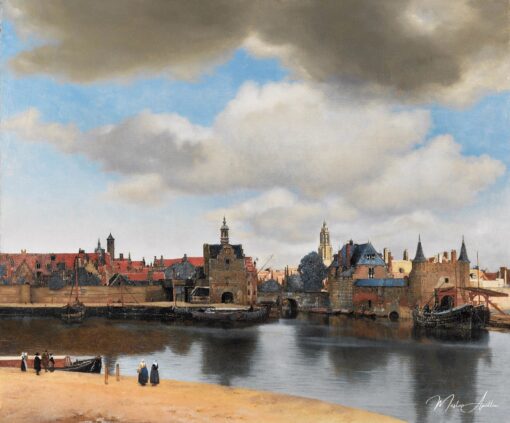
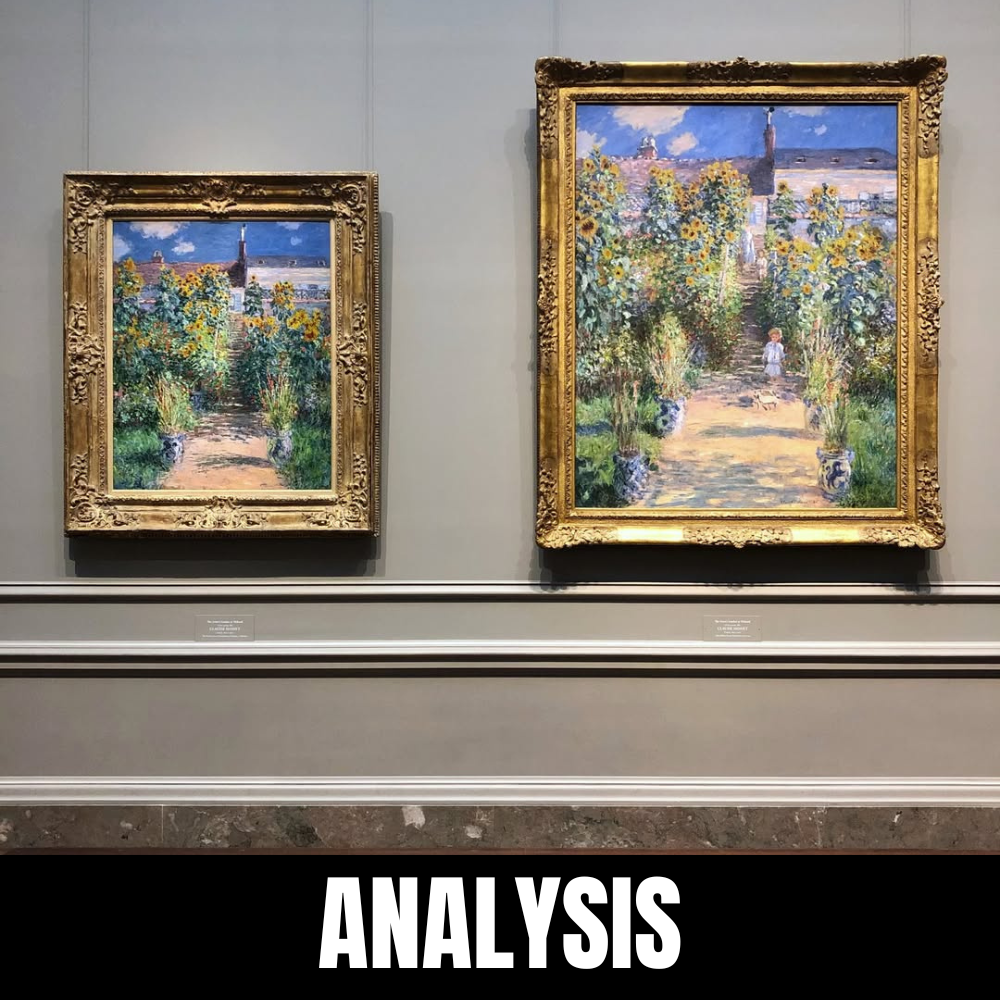
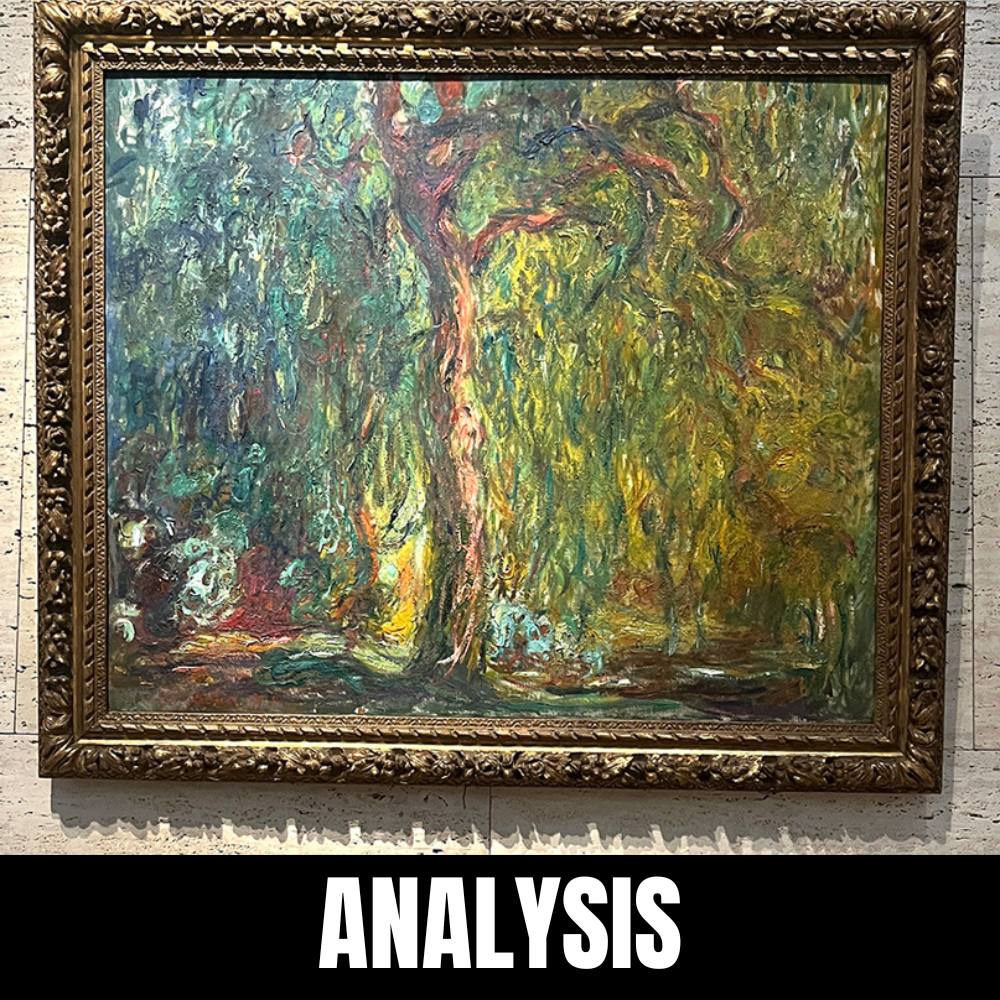
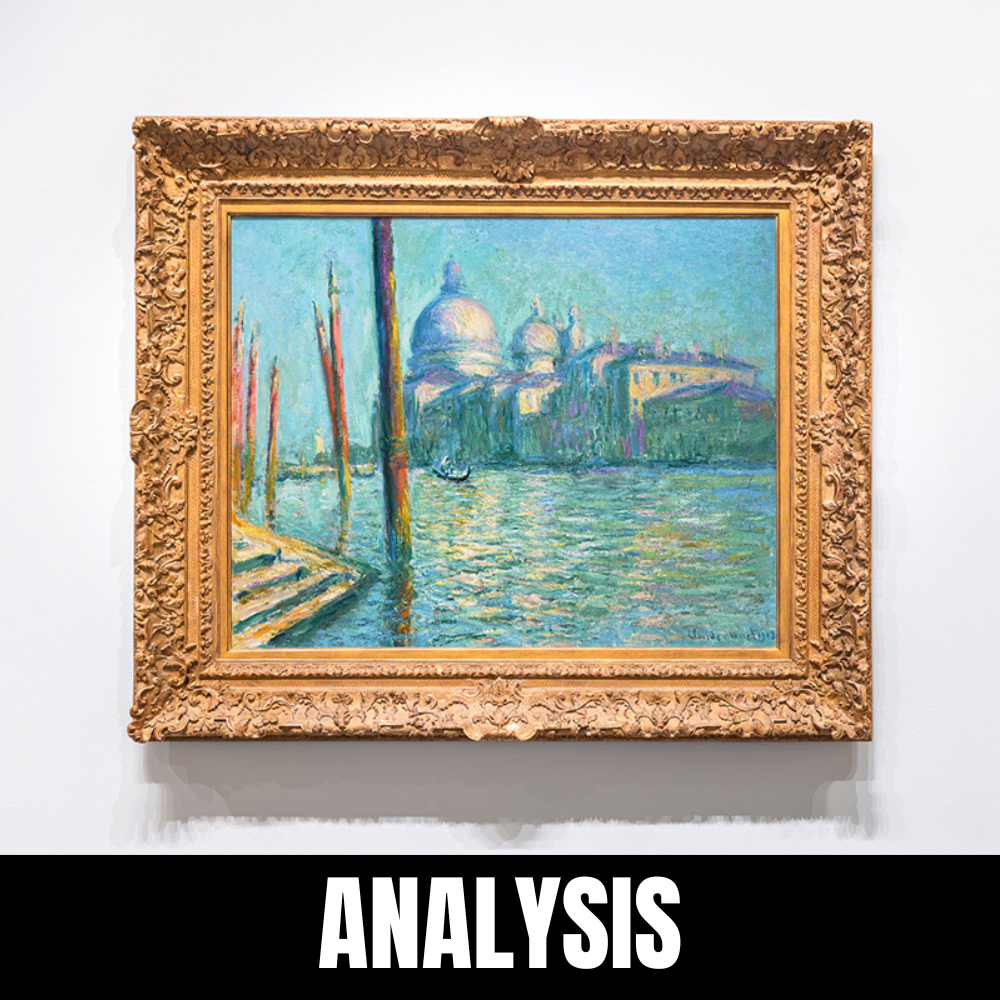

Leave a Reply